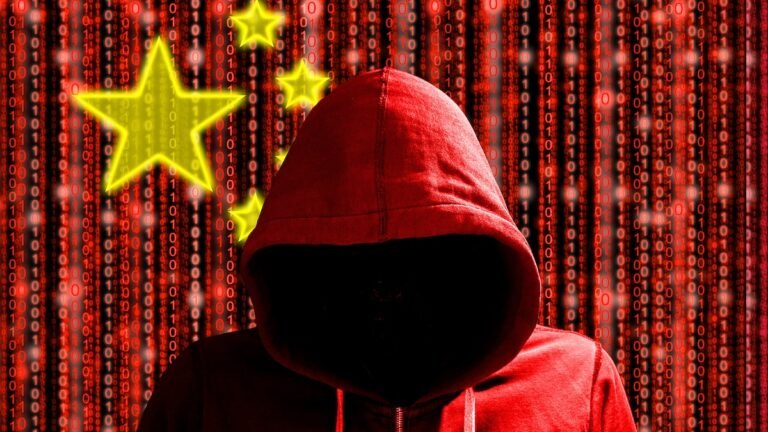Essential Insights
-
Arrest of Chinese Hacker: Xu Zewei, a 33-year-old Chinese national, was arrested in Italy and faces nine charges related to cyberattacks for China’s state-sponsored hacking group, Silk Typhoon, alongside a co-conspirator, Zhang Yu, who remains at large.
-
Cyberattacks on Key Sectors: The Silk Typhoon group, linked to significant cyberattacks, notably targeted COVID-19 research, US Treasury, and affected healthcare and educational institutions globally between February 2020 and June 2021.
-
Exploitation of Vulnerabilities: Xu and his network exploited Microsoft Exchange vulnerabilities to access sensitive information, including emails from U.S. universities and law firms, escalating the risks posed by state-sponsored hacking.
- Potential Sentencing and Extradition: Facing charges including wire fraud and identity theft, Xu could receive a prison sentence of 2 to 20 years per count, and his extradition to the U.S. is pending following his denial of the charges in a preliminary court appearance.
The Issue
On July 3, 2023, Italian authorities apprehended 33-year-old Xu Zewei, a Chinese national implicated by the United States as a member of the state-sponsored hacking collective known as Silk Typhoon. Charged with nine counts of cyber-related offenses, Xu, along with a co-conspirator, 44-year-old Zhang Yu—who remains at large—stands accused of orchestrating a series of cyberattacks directed by China’s Ministry of State Security. These assaults, notably targeting COVID-19 research institutions and exploiting vulnerabilities in Microsoft Exchange software, occurred during a critical period from February 2020 to June 2021. The U.S. Justice Department alleges Xu’s role involved infiltrating email accounts of virologists and actively reporting on these intrusions to his superiors, facilitating the theft of sensitive information from institutions across multiple countries.
Reporting on the incident, ANSA has noted Xu’s defense during his initial court appearance, where he denied the charges, suggesting potential identity theft. John Hultquist from Google’s Threat Intelligence Group commented on the broader implications of Xu’s arrest, indicating that while it may not immediately disrupt ongoing cyberespionage efforts attributed to Silk Typhoon, it could prompt reflection among emerging hackers about the sustainability of their engagement in such illicit activities. As Xu awaits extradition proceedings, authorities must weigh the ramifications of his arrest within the context of a larger, persistent cyber threat landscape.
Risk Summary
The arrest of Xu Zewei, a member of the Silk Typhoon hacking group, poses substantial risks to businesses, users, and organizations worldwide, particularly those in sectors previously targeted by this state-sponsored cyber actor—healthcare, legal, education, and national defense. Silk Typhoon’s history of sophisticated cyberattacks, including the alarming infiltration of COVID-19 research and exploitation of Microsoft Exchange vulnerabilities, illustrates a pervasive threat landscape that transcends national borders. Should Xu’s arrest embolden his cohorts or inadvertently signal vulnerabilities within organizations, it could catalyze a wave of retaliatory or opportunistic cyberattacks—an eventuality that underscores the fragility of digital trust. The entangled web of global information systems means that an adverse impact on one entity can engender cascading effects, jeopardizing sensitive data and operational integrity across numerous connected stakeholders. In essence, the ramifications of this arrest extend well beyond Xu himself, exposing a critical need for heightened cybersecurity vigilance and collaborative defense mechanisms among businesses facing an increasingly invasive digital threat environment.
Possible Actions
The gravity of responsive action in addressing cyber threats cannot be overstated, particularly in the context of geopolitical tensions.
Mitigation Steps
- Enhanced Monitoring Protocols
- Incident Response Drills
- Cross-National Collaboration
- Comprehensive Threat Assessments
- Advanced Encryption Techniques
- Firewall and Intrusion Detection Enhancements
NIST Guidance
The NIST Cybersecurity Framework (CSF) underscores the criticality of swift protective measures against cybersecurity risks. For detailed strategies, refer to NIST Special Publication (SP) 800-53, which outlines robust security and privacy controls.
Advance Your Cyber Knowledge
Stay informed on the latest Threat Intelligence and Cyberattacks.
Understand foundational security frameworks via NIST CSF on Wikipedia.
Disclaimer: The information provided may not always be accurate or up to date. Please do your own research, as the cybersecurity landscape evolves rapidly. Intended for secondary references purposes only.
Cyberattacks-V1

